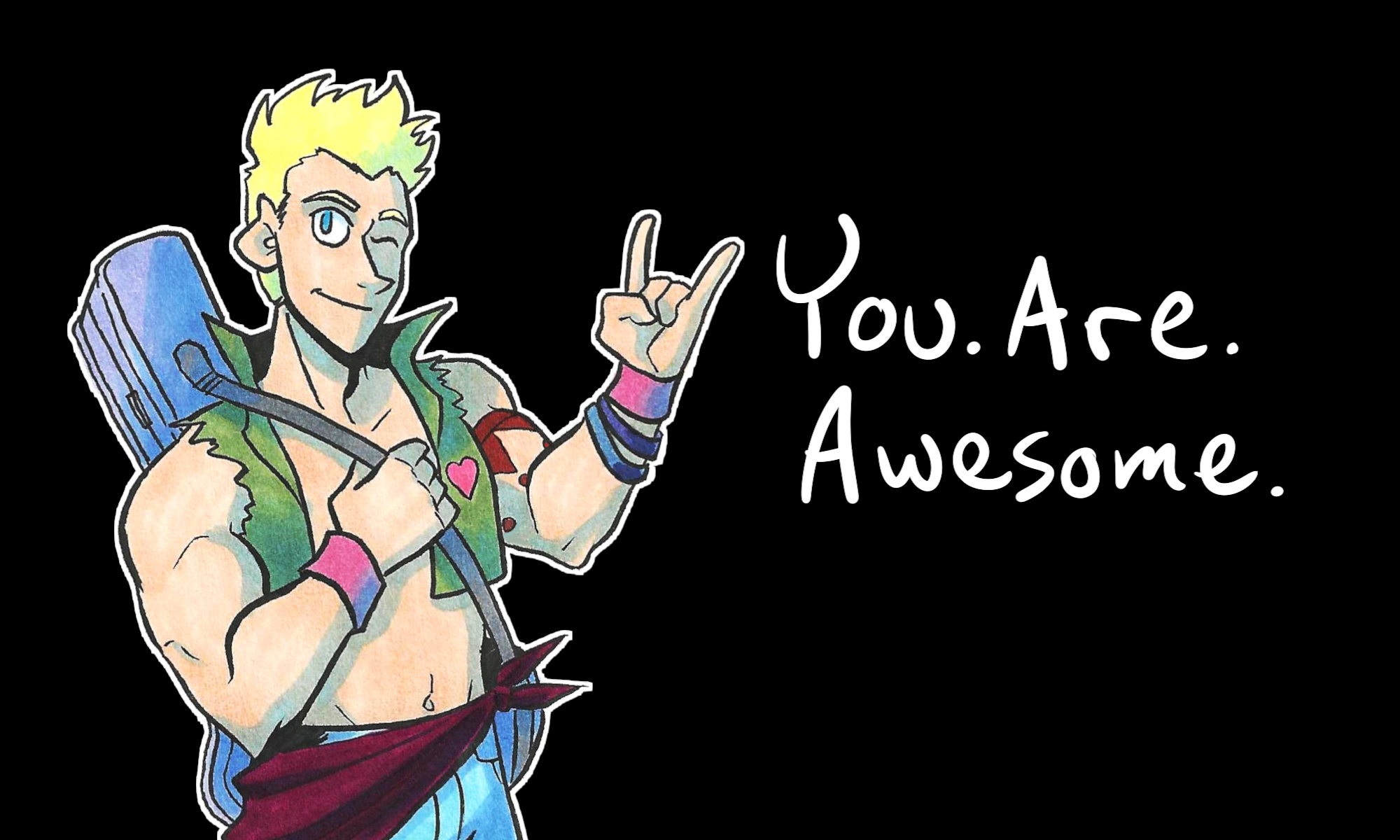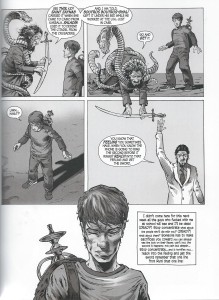I first read this graphic novel back in high school. It was actually one of the first books I read that made me go, “That’s it! I wanna’ make comics!” But then I moved out of town and I’ve been searching for another copy of this book for YEARS.
Lo and behold, I found a copy at a shop here in Phoenix and I snatched it, and I have loved it over and over again ever since.
If you’ve never heard of this book, I can’t say I’m surprised. It’s a Vertigo title that came out around 2007, and the top selling titles at that period were Watchmen, Naruto, and Batman: The Killing Joke.
At least Cairo was voted among the top graphic novels for teens by both the American Library Association AND the School Library Journal (according to Wikipedia).
The story is written by G. Willow Wilson – yes, the same lady who is now writing the new Ms. Marvel comic series. She also won a 2013 World Fantasy Award for her book Alif the Unseen. So you know just based on these accolades that Cairo will be good.
The story is illustrated by M.K. Perker., who in 2001 became the first Turkish artist accepted into the Society of Illustrators based in New York. Plus he’s done a million things in his native Turkey. He’s a great artist.
Ok, enough fun facts for right now – let’s dip into the story.
Cairo follows three different plot lines that eventually merge into one in the middle of the story, and it takes place in modern-day Cairo, Egypt (but it’s safe to assume it happens before the Arab Spring uprisings, as there are mentions of government censorship).
The first plot follows Ashraf, a drug trafficker who hawks off a hookah only to find out his boss, Nar, REALLY wants that hookah back. The second plot line follows Shaheed, a Lebanese-American kid who bough Ashraf’s hookah, and discovers that it is the house of a Jinn named Shams. Shams enlists Shaheed to help him find a box that Nar stole from him. The third plot line follows a reporter friend of Ashraf’s, Ali, and an American girl named Kate, who are both held hostage by Nar’s henchmen until Ashraf gets Nar the hookah.
Stir in some supernatural elements, including the fact that Sham’s box contains the word EAST in a sacred language, a river that runs under a river, and devils and jinns with memorable names like, “Evil-Under-His-Armpit.” And then you have yourself a fun, thrilling, and sometimes disturbing book about the intersection of choice and fate.
Everything that happens in the book braids itself beautifully into a great story. Without getting too much into what happens, it’s paced very well and had me engrossed in its pages.
So I can’t talk too much about the story without revealing spoilers, so I’m going to talk about the art for a bit.
It’s fantastic to look at (the cross-hatching style is done very well in this book), and it does unique things with page layouts and panels. Look at this page, for example, when Shams is guiding Shaheed in how to obtain this magic sword.
That kind of experimentation is great to see.
There are a few other instances of panels being used in unorthodox ways, and some pages are guided just by the flow of the speech balloons. In fact, this graphic novel would be a great candidate for study under Will Eisner’s and Scott McCloud’s comics principles.
But if you’re reading purely for enjoyment, read this book. It’s a great adventure thriller and it delivers well.
If you’re reading to study the art of comics or even how to write them, read this book. The techniques are a great introduction to more complex ideas than what’s typically seen in comics. (Chris Ware, I’m looking at you).
I hope you found this review helpful. I’m aware that the book has been out for a while (it deserves to be revisited), but in the future I’ll be reviewing more recent comics. I hope you’ll stick around!


